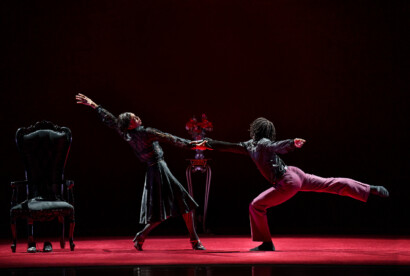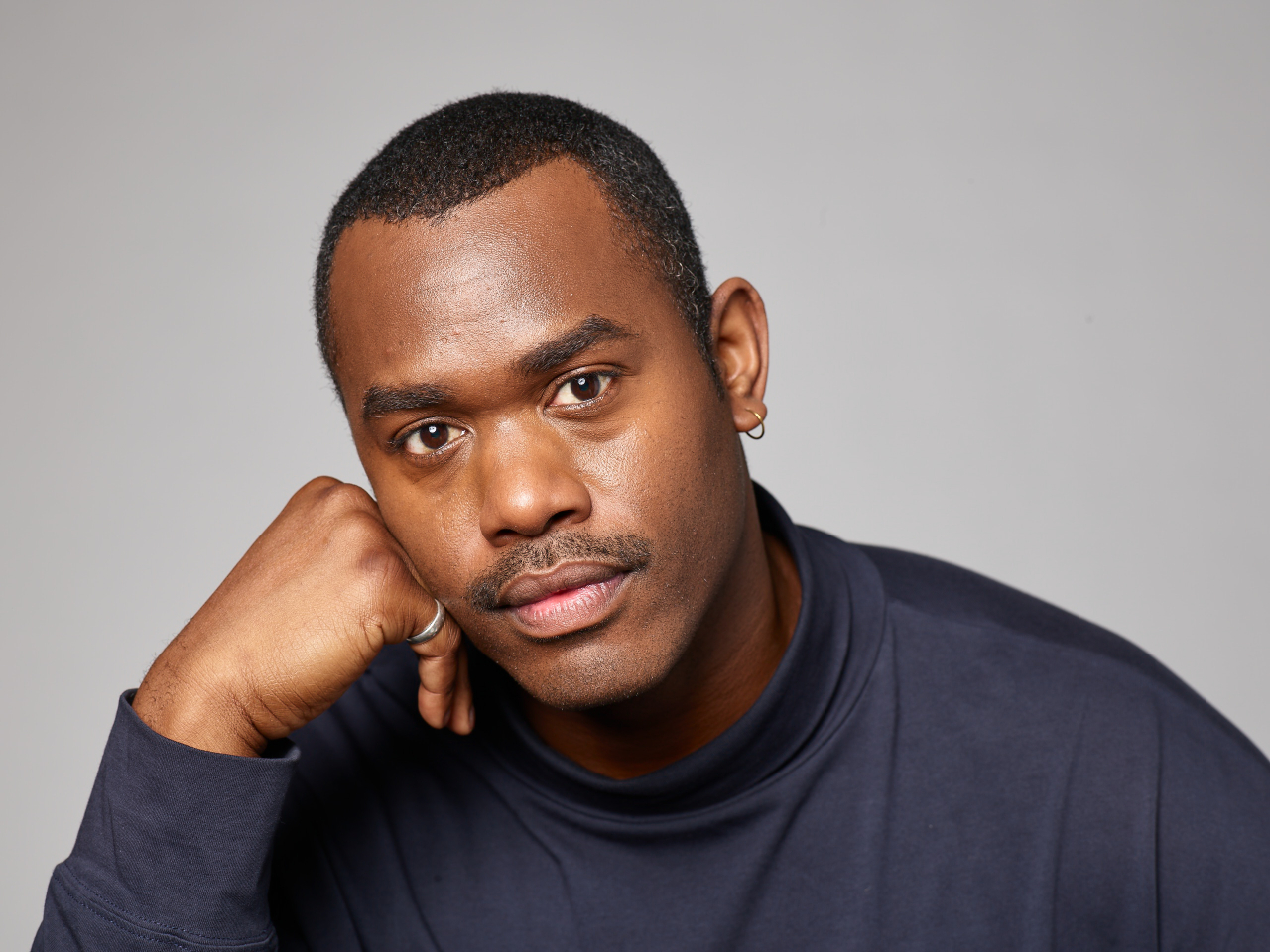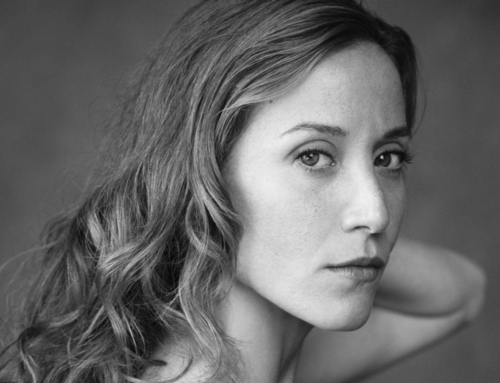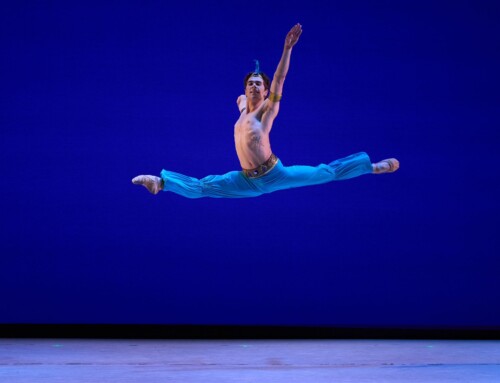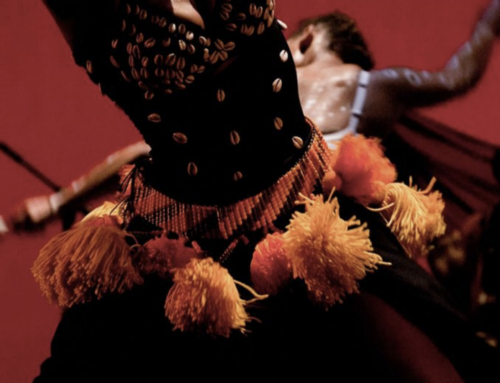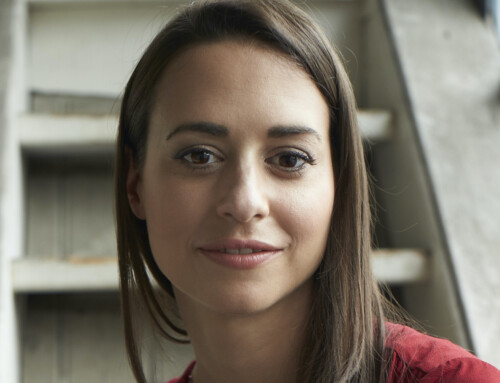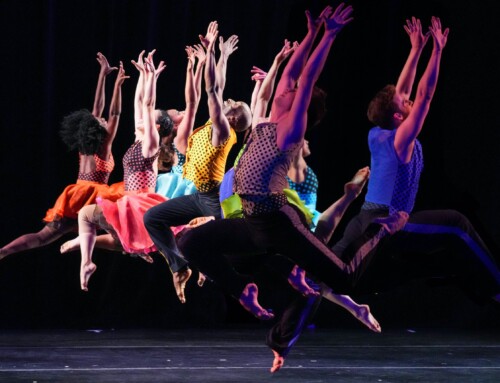Jamar, what inspires you as a choreographer? Are there any particular artists or experiences that have influenced your work?
What inspires me? I mean, there were artists in my early days of dance making that inspired me, like Alvin Ailey and Pina Bausch and Martha Graham. Also, I always found George Faison really inspirational in the studio. As a choreographer myself, I think what inspires me is the past. I love the authenticity of the work and the music and everything that was many, many years ago has this potency to me. The further we get away from the original, for me, it just gets a bit watered down. So I’m always trying to connect back to the art from back in the day. For me, particularly, like the mid to late sixties, was really sort of potent in spirit for a moment. So I’m always inspired by the past. I’m inspired by the idea of doing something that hasn’t been done. And this isn’t, like, in the forefront of my mind, but I do think that it’s important to innovate, or to use dance as a way to bring about new things, visually and new conversations. It’s a huge challenge, because, you know, dancing is what it is, and humans have two arms and two legs. I’m inspired by the challenge.
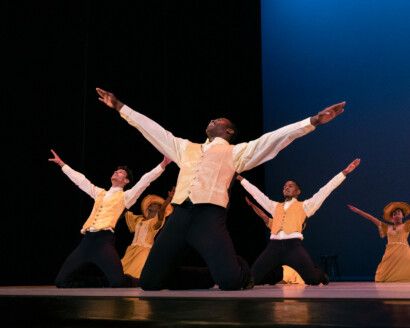
How would you say you approach creating choreography? Can you give us an insight into your processes?
Yeah, the process is different depending on how much time I have to make the piece, and how much time beforehand I have to prepare for it. Also the dancers that I’ll be working with are important, because now that I am a freelance artist, the range of dancers that I work with is wide. My process starts here in my belly. It really does. I think a lot of my emotions kind of sit here, and you just kind of take a moment to think about, where am I right now? What are the pressing things that I am thinking about, or what are the important things that are happening in the world? How do I want to engage with those things? And then I start to write about it. Sometimes I start to find a soundtrack to those feelings. Like I’ll just start listening to music…music that may or may not even connect to what it is that I’m feeling, but I think just to get my body in a certain rhythm, or, get it hype and ready to move. Then I’ll find the music, and then after that, I study the music for as long as I can, and then I do some more writing, because I’m like, okay, you have music, and then you have the concept, but how is that gonna play out in real time? So I make a kind of free structure to start. Then I will just go with the music into the studio and just move with no real intention, just to kind of see stylistically and in what kind of vocabulary I’m building…what language am I gonna use to speak to this thing, given the music that I have? I want to see how my body responds.
And then once I got that, then I start to get specific, you know, what is happening in the music at this time? Is it a solo? Is it a group? And if it is a group, how many instruments are involved in this one moment? Is it like three here? Five. And how are they layering? Because there’s five instruments and there’s a lot of layering going on. You may need maybe ten different phrases for this section here, just to kind of, like build it out a little bit more. Or if it’s something where there’s, it’s really the music is really quiet. Do I wanna lean into the silence? Or do I want to work in contrast to the silence, and build a type of texture, or type of rhythm that is in opposition to the silence? It’s like a lot of crazy things happen here. So it keeps getting stacked on. And I guess the further along in the process, the more complicated and intricate you get in the development. Yeah, it’s a lot of problem solving.
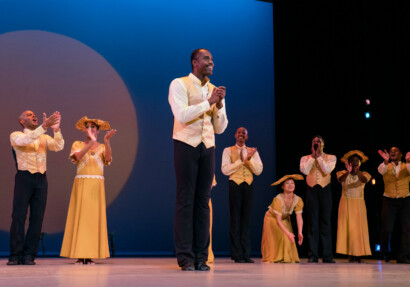
Can you talk about the role of dance and addressing social and political issues?
I can’t. I don’t know. I feel that I like to tackle a lot of big themes in a lot of the work that I do. Sometimes they’re bigger than what dance can hold, and I know that. But if you feel it, then you gotta try. I think it’s important that dance does try to tackle social issues and all the issues that we deal with on our day to day. But I think that at this point, it’s been done over and over in so many different ways. But now, in 2023, we have access to so much more than what we used to. So for me, I feel like if we really want it to be heard, we have better platforms to do that. I think getting on stage and doing something that has to do with, like, a deep political issue, it’s gonna be really hard for it to reach. It’s gonna be really hard for it to, like, slap if you don’t do it in a way that can compete with social media to put it really simply, because in a sense dance is entertainment. And so is social media at this point. And so that’s what I feel like dance is kind of competing with. Also It’s actually really hard to sit in that space for too long. So I have to, like, vary the themes.
What type of different styles are in your work, if there are any, or are there any particular styles that you enjoy working with the most?
I use all the styles that I’ve trained in and that I’ve danced personally… and also styles that I’ve never even danced before, but are inspired by a dancer who knows what that feels like. There’s hip hop in there, there’s jazz, there’s ballet, I think everything is in there. I think I kind of use whatever I have inside to get the point across. So if it ends up looking more like hip hop, and that’s just what it is.
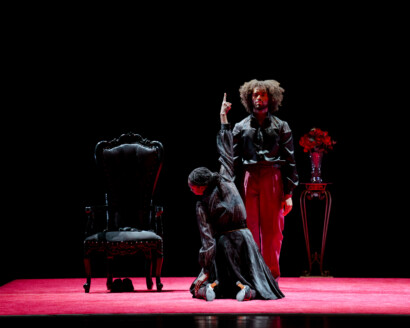
How do you see the future of dance, actually? You know, like, where do you think that’s going? Or are there any emerging trends or technologies that you find particularly interesting?
I don’t know where the future of dance is going. I think it seems to be minute by minute, month by month. You know what? I mean? There is a trendy thing going on, and the trend changes so quickly, and I think dance changes with it, which to me, I think is kind of scary, because it kind of says like, no one has a foothold on anything, no one has roots in anything. No one has a type of vision. That is, that is unshakable. If every time the trend moves and dance moves with it, then where does that put us in the future? I think that’s one of the things I’ve been working on since my choreographic career started, is rooting it in something, whether it be the black experience, or whether it be black music, or whether it be something that is personal. I think film, dance for TV, or, you know, whatever visual box you’re using, I think that works. It works for me, just because I know nothing about it. So I love to experiment. I love trying to figure out how to get dance to read and reach in the way that I feel it on the inside, not so much in the way that it looks. Because, you know, somebody kicks a leg and you say, let’s dance. But, how do I get the inside out onto the screen? And I like that challenge.
How do you balance the demands of being a performer, choreographer and maybe a teacher as well?
Yeah, I teach. I mean, I think it’s all teaching. It’s in the bag. I don’t do a very good job at it. I think that, I think it’s really hard. I think there are two things I’m kind of dealing with. It’s sort of like the artistic self, which in and of itself, you know, being a creative person is tough for me. It’s tough because there’s always so many things coming at me, good things and bad things, things that are inspirational and things that are terrible, but then are also inspirational. And how do I hold these things? And how do I hold them long enough? How do I hold them with enough care so that maybe one day I can create a work from these things? And should I even be doing that? Because it can feel a little bit toxic, like it runs back on itself. And then it’s, a type of emotional weight is created.
And then there’s like, the choreographer within the dance industry. Of it in and of itself. This is always nasty to me. You know, it’s, it’s politics, it’s money, it’s the thing that I just don’t like, I don’t like to deal with it. But at the same time, I’m in it, and I’m forced to deal with it, and I haven’t really found a balance. How do I love this part, and, you know, not like this part so much, but still figure out how to roll with it. And because things are trending, like I said, it’s like, I feel like the industry in itself is constantly shifting. Do you know what I mean? The people that are in demand in the industry are shifting, or if someone looks like the other person that’s in the industry, or the rates at which people are paying for the dance, like, all of this stuff is like constantly influx. I don’t like instability. And so for me, it’s really tough. And I don’t, I don’t have an answer for it. I do the best that I can. When I am creating, I try not to think about the business side of it, and I try to just be present with that. So I kind of take it, you know, as it comes. But Iam not good at it. I struggle. Nobody talks about it.
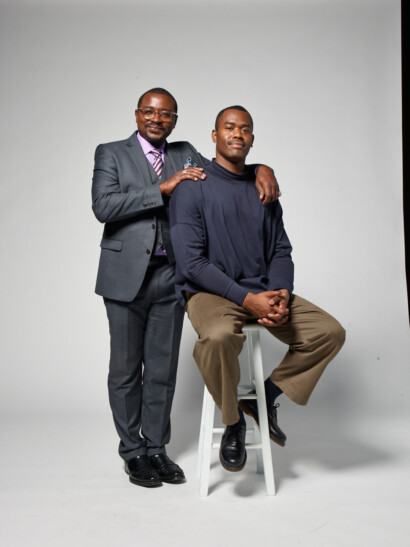
Is there someone you collaborate with, or are you a collaborator?
Obviously, the biggest group that I collaborate with are dancers. But I didn’t always, the way that I learned how to create a dance was by myself. I just learned through doing and teaching myself, and, you know, seeing and copying and these types of things. So I didn’t, I wasn’t really into dance making with the sense of collaboration as a thing…this was something that came way later. Now I’m totally grateful for it. I mean, I have a lighting designer that I’ve been working with for three or four years now, which might not sound like a long time to a lot of people, but for me, it’s been very fruitful. I try to do myself as much as I can, because it just gives me a sense of control over the whole picture. If I do collaborate with someone, it has to be somebody that I don’t know, we’re on the same wavelength, or somebody that I know. And I think that goes for all of the, all the other elements, besides choreography that I bring in. If I can do them myself, I will try to do them myself. Lighting I could never do. I know nothing about lighting design but costumes and scenic, that comes with the steps.
What are your plans for the future? Any upcoming projects, collaborations that you’re excited about?
Upcoming projects? I’ll be a Creative Associate at the Juilliard School. I started this past fall when I did one piece for their New Dances and I will continue to create there. The kids there are great, so it’s a fun space to kind of play and explore with surprisingly like minded people. Even though we’re not the same age, I think that we have the same interests. So yes, yes, it’s really great. What else? The last piece I made with the Ailey company called “In A Sentimental Mood” will be performed at the New Jersey Performing Arts Center from May 12th to 14th, 2023.
